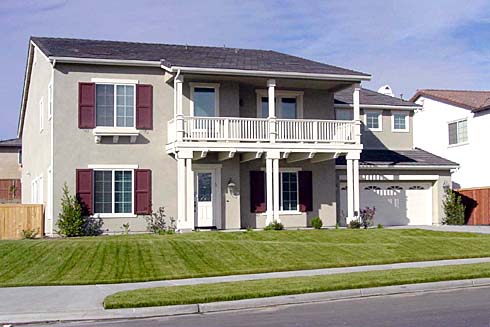UNDERINSURANCE
Navigating the Risks: Understanding Underinsurance in Real Estate
Introduction:
In the realm of real estate, protecting one's property through insurance is a cornerstone of responsible ownership. However, a critical aspect that often goes unnoticed is underinsurance – a scenario where the coverage amount falls short of the actual value of the property. This gap in insurance can expose property owners to significant risks. In this exploration, we delve into the intricacies of underinsurance, its potential consequences, and how property owners can safeguard their investments.
Defining Underinsurance:
Underinsurance occurs when the insurance coverage on a property is inadequate, providing less financial protection than the property's actual value. This situation arises when property owners, in an attempt to save on premiums, opt for coverage amounts that do not accurately reflect the replacement or market value of their real estate assets.
Consequences of Underinsurance:
Financial Vulnerability:
The primary consequence of underinsurance is increased financial vulnerability. In the event of a covered loss, property owners may find themselves shouldering a significant portion of the repair or replacement costs out of pocket.
Inadequate Rebuilding:
Underinsurance can hinder the ability to fully rebuild or repair a damaged property. This limitation may result in compromises in the quality of materials or construction, impacting the property's long-term value.
Reduced Coverage for Personal Belongings:
Underinsurance not only affects the property structure but also extends to personal belongings. Inadequate coverage may leave homeowners without sufficient compensation for lost or damaged possessions.
Legal and Liability Risks:
Inadequate liability coverage can expose property owners to legal risks. If a third party is injured on the property, insufficient coverage may result in financial responsibility beyond the insurance limits.
Preventing Underinsurance:
Regular Property Valuations:
Property values can fluctuate over time due to market conditions or improvements. Regularly reassessing the property's value ensures that insurance coverage remains in line with the actual worth of the asset.
Consulting with Insurance Professionals:
Seeking guidance from insurance professionals can help property owners understand the intricacies of coverage and ensure they make informed decisions based on their property's unique characteristics and risks.
Reviewing Policy Limits:
Property owners should review their insurance policy limits periodically. This ensures that coverage amounts are adjusted to accommodate changes in property values, renovations, or improvements.
Reviewing Policy Limits:
Property owners should review their insurance policy limits periodically. This ensures that coverage amounts are adjusted to accommodate changes in property values, renovations, or improvements.
Comprehensive Coverage:
Opting for comprehensive coverage that considers replacement costs, rather than simply the market value, provides a more accurate reflection of the resources needed to rebuild or repair the property.
Conclusion:
In the complex landscape of real estate, underinsurance is a risk that property owners cannot afford to overlook. Recognizing the potential consequences of inadequate coverage and taking proactive steps to prevent underinsurance is crucial for safeguarding property investments. Regular assessments, consultations with insurance professionals, and a commitment to comprehensive coverage are essential elements in ensuring that the financial safety net provided by insurance aligns with the true value of the property. By navigating the risks associated with underinsurance, property owners can fortify their resilience against unforeseen challenges and protect the longevity of their real estate assets.
MORE REAL ESTATE TERMS
A, B, C, D, E, F, G, H, I, J, K, L, M, N, O, P, Q, R, S, T, U, V, W, X, Y, Z
Featured New Home

Featured Mortgage Brokers
- PRIMELENDING A PLAINSCAPITAL COMPANY, MELVILLE, NY
200 BROADHOLLOW RD STE 207
MELVILLE, NY 11747 - AMERICAN MIDWEST MTG CORP, CLEVELAND, OH
6363 YORK RD STE 300
CLEVELAND, OH 44130 - BANK OF AMERICA NA CHARLOTTE, FOREST HILLS, NY
10510 QUEENS BLVD STE 2
FOREST HILLS, NY 11375 - Intercap Lending, mortgage broker in Albuquerque, NM
5600 Wyoming Blvd NE Ste 20
Albuquerque, NM 87109 - TOP FLITE FINANCIAL INC, WEST LINN, OR
1800 BLANKENSHIP RD STE 200
WEST LINN, OR 97068